If the dozens of cartoonish stereotypes that flood my mind when I think of France — grand Bordeaux estates, snails and frog legs dripping in garlic butter, elegant women striding down the Champs-Élysées, a glittering Eiffel Tower at night — a stein of hoppy beer is nowhere to be found. France is not known for its pints. And yet, much to the concern of its vineyards and winemakers, that could be changing.
“There has been a real explosion of breweries all over France in the past few years,” says Alexandra Berry, a Paris-based beer and hops sales consultant and the author of From Earth to Beer: The Expression of Terroir in a Glass. “General sales in wine have started to decrease in France in part because the industry has started to seem a little dated and overrated.”
Whereas wine can seem very intimidating, requiring esoteric knowledge before being able to appreciate the relatively expensive product, beer is beer. It’s fun, it’s friendly, it’s something people can learn about as they go along — and in the end, it’s much more affordable.
The French have been drinking fermented grape juice for millennia, and drink on average 47.4 liters per capita of local wine per year. But it’s going down, and beer is ascendant. Wine consumption is down 15 percent year-over-year in France; between 2014 and 2021, les français under thirty-one went from purchasing wine 31 percent of the time when they bought alcohol, to only 23 percent of the time. During the same period, beer purchases rose to 39 percent from 24 percent. The pattern is less pronounced among older demographics, but it still holds true; even the over-fifties have increased their beer spending, leaving more wine on the shelves.
In 2023, the French government distributed $215 million to help vintners destroy surplus wine and transform it into perfume and hand sanitizer. A portion of those millions is earmarked to rip out vineyards and replace them with olives and other, more viable streams of agricultural revenue. By contrast, the number of breweries in France has ballooned from 322 in 2009 to more than 2,500 as of 2021. Microbreweries represent 92 percent of that number.
It’s tempting to see this as a libationary French Revolution, modeled after and following (rather tardily) on the heels of the American craft beer renaissance. “France initially followed the trends happening in the US and the UK,” Berry says. “We seem to always be about ten years behind the US and five behind the UK.”
To a degree, France’s beer scene perfectly demonstrates this. The first French craft breweries began opening around 2012, primarily with classic blonde, blanche and brune offerings. A few years later, IPAs landed on their shores, popularized by American hipsters.
But the French paradigm is perhaps, le sigh, too complex to wedge neatly into a six- ty-character headline. Though unfamiliar to modern stereotypes, France has a long history of home brewing, temporarily extinguished from time to time by wars and the economic malaise that follows them.
Before World War One, there were just under 2,500 breweries across France and Belgium, with most of the French breweries in the northern part of the country near Germany and Belgium. After the war, destruction, widespread death and long-term ingredient rationing meant the small-scale brewing community never really bounced back — more than 900 breweries had closed between 1914 and 1918 — and larger, mass-production operations like Kronenbourg took hold.
“The entire beer industry was really locked down by contracts with industrial brewers for decades,” says Berry, and changing that has become a labor of love, requiring one-on-one conversations and hand-sells with restaurant owners and consumers. When she worked in distribution, she pounded the pavement, introducing craft breweries one by one to individual restaurants and bars. She even wrote books on craft beer culture and history and the industrialized evolution of beer in France. Her latest, (R)Evolution and Crafts in the Service of Beer, is set to drop shortly.
With colorful tattoos and an earring, the bearded Yann Geffriaud would be perfectly at home at a Seattle beer festival, sampling ales and chatting hops, and the brewer and owner of Brasserie Outland admits to being equally inspired by French brewing history and America’s recent craft beer revolution.
“I discovered craft beer through a good friend of mine, Justin Crossley, who founded the Brewing Network in the Bay Area,” the former teacher tells me. “I connected with notorious homebrewers like Mike “Tasty” [McDole] and California brewers like Vinnie [Cilurzo] from Russian River and Matt [Brynildson] from Firestone Walker. They, and their beers, inspired me to become one of the first in France to introduce IPAs and that sense of community and mindset to France.”
He also, Geffriaud says, “loves the idea of ground-to-beer brewing,” and hopes to honor France’s historic roots in that culture with his work. In part, it seems the country’s almost comical devotion to hyperlocal everything has pushed beer into the center of the table, ousting wine, an increasingly global, luxury, out-of-touch product.
“It is a culture that takes its time with rituals around food and drink,” says Lisa Witkowski, an LA-based beer expert and cicerone who has traveled extensively in France. “They take locally made products very seriously, but as a culture, they are also very interested in American trends and what’s happening there. It’s clear that there has been a sort of connecting of the dots happening.”
From bar culture to grocery store shelves, beer is now firmly integrated into the local culinary culture, particularly in Paris.
“All over France in the afternoon, you see people gathering outside at tables to drink their little beers, and no hipster in Paris would be caught dead drinking something industrial,” she notes. “Next to the 1,000 types of locally produced, precious artisanal hams and cheeses you find at any chain grocery store, you’ll not find locally produced, precious artisanal craft beer. That didn’t exist a decade ago.”
At present, IPAs rule the draft lines, but there are signs of a change. Along with the Cronut, the little black dress and Brigitte Bardot, there could be a new delicious blend of French and American tastes and culture on the horizon, one that could define French beer and wine culture for decades to come. The French, Berry explains, value products that require time, skill and complete originality, and that holds for their booze.
“In the craft beer industry, IPA is still the dominant style,” Berry says. “But among true ‘beer geeks,’ we’re seeing a rise in mixed fermentations of beers and barrel-aged beers, with crossovers into wine.”
There are grape ales, and wild beers fermented on grapes and beers aged in wine barrels. All over Paris already, ads for “vière” — vin + bière — have appeared, showcasing the largest-scale beer-wine mash-up to-date. At Brasserie Gallia Paris, master brewer Rémy Maurin enriches thirteen tons of organic grapes with locally produced beer must — a composition of barley and malted wheat. Wild yeasts from the grapes ferment the blend of fruit and cereals, and voilà: vière! Sweet and tangy, tannic, full-bodied.
“In a country so steeped in wine culture, it seems only natural to bring the two together,” Berry remarks. This tribute to the past should also help winemakers, who will do business with this new industry, and be introduced to customers who may have otherwise completely abandoned wine.
Geffriaud is bullish on the style, and its potential to define French beer-wine culture in the future. “The natural wine movement is exciting,” he says. “Crossing fermenting processes, using wine or fruit, that is what I find inspiring. I think we’ll see more and more mixed fermentation in the future.”
France, more than any country in the world, is obsessed with touting and supporting its past glory and future greatness — especially if the form that greatness takes is edible or quaffable. And though France has typically followed American culinary culture, perhaps we are the ones behind the ball.
At the present, France consumes an estimated 70 percent of its own beer; but if their history of global culinary influence is anything to go by, I won’t be surprised if that is short lived. Let’s hope we can all say “santé” with a crystal tulip of grand cru hopped vière soon.
This article was originally published in The Spectator’s January 2024 World edition.



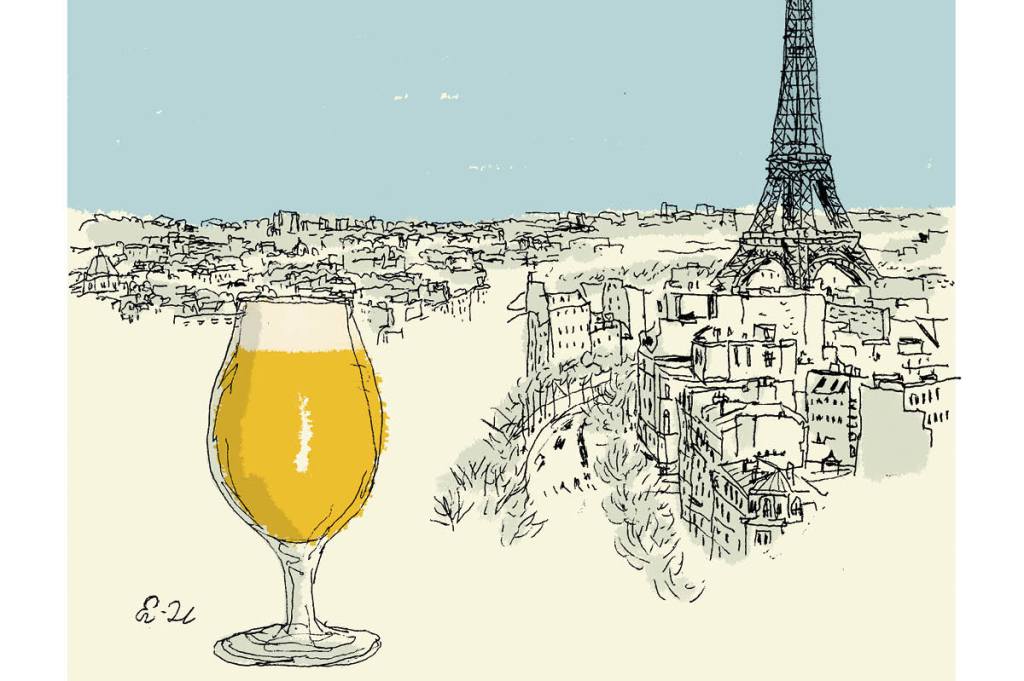









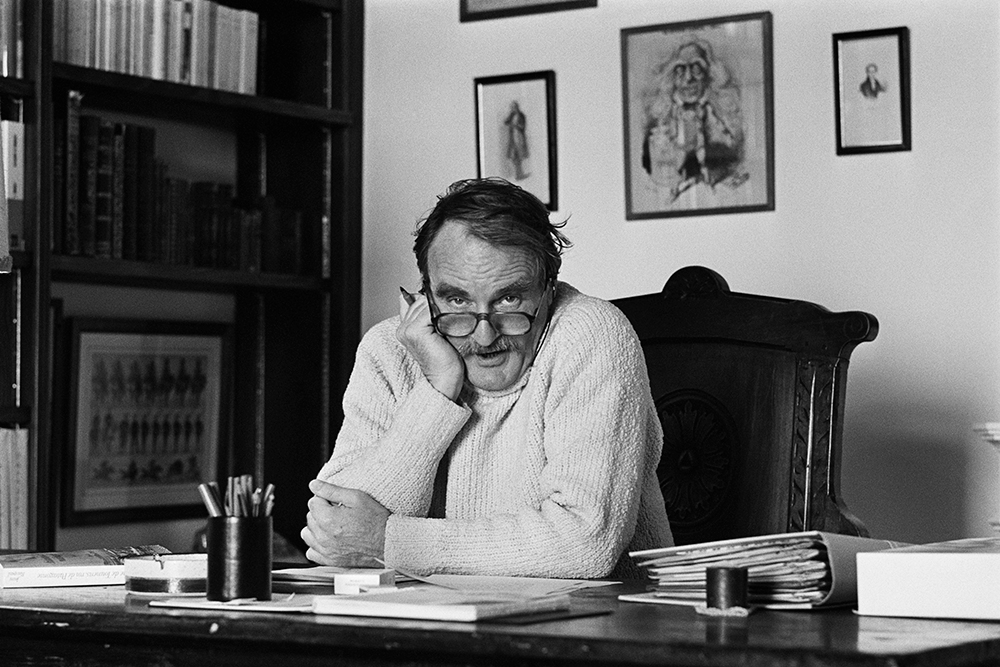


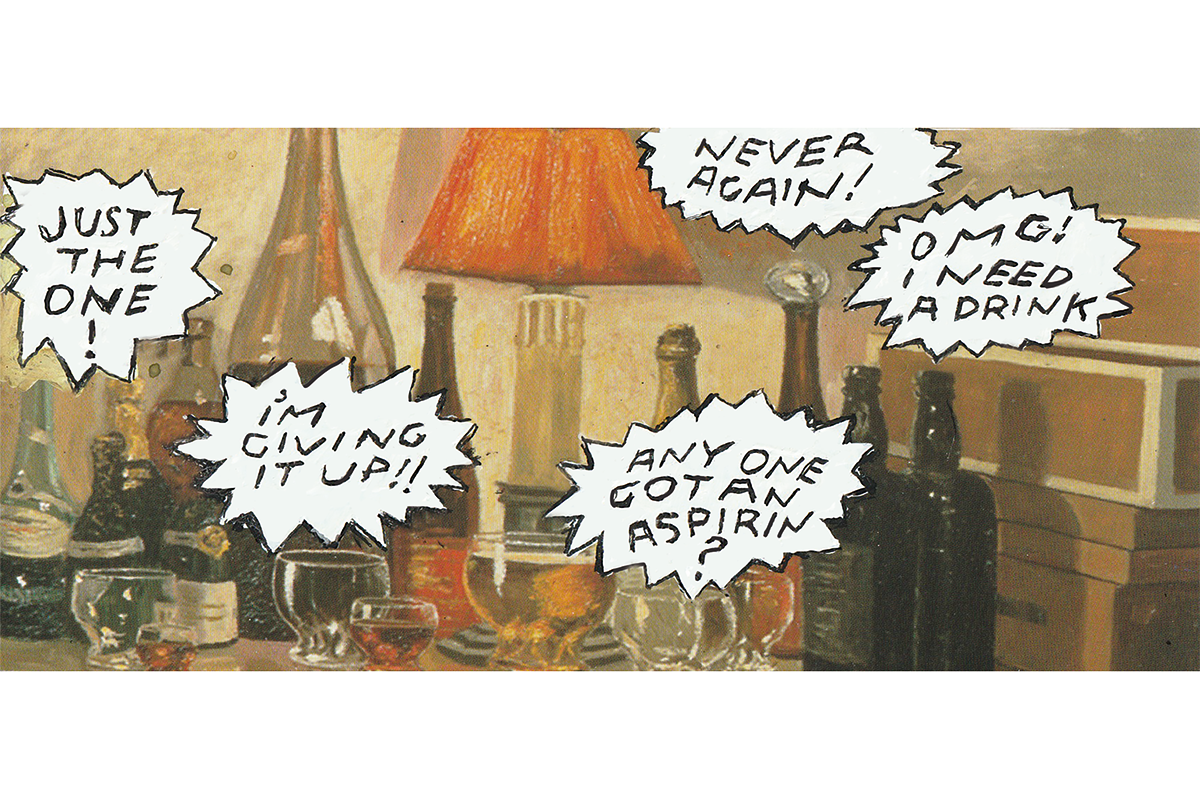
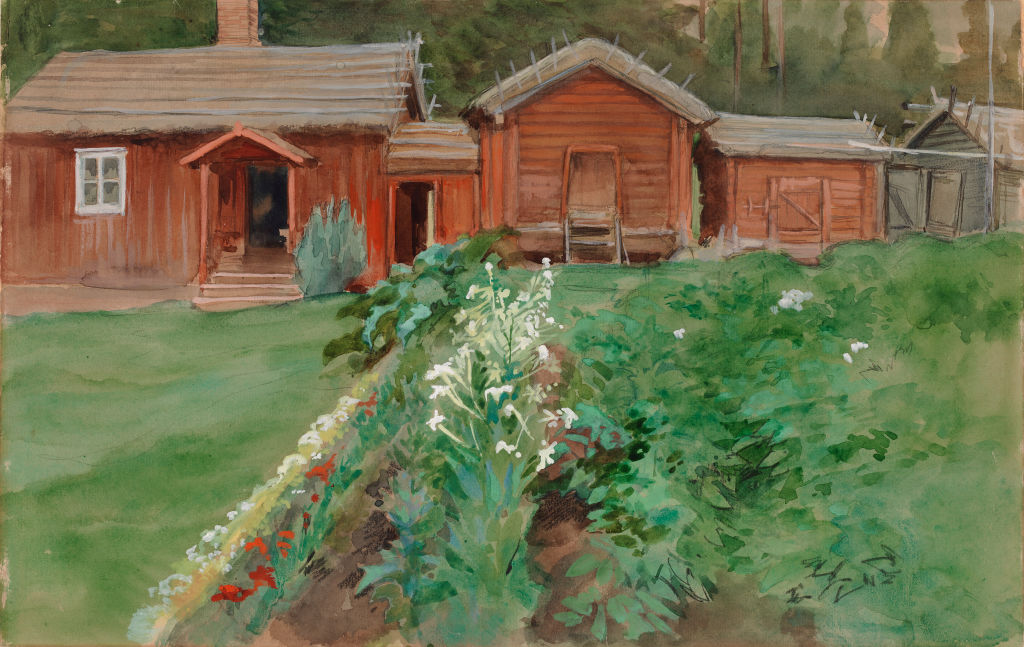
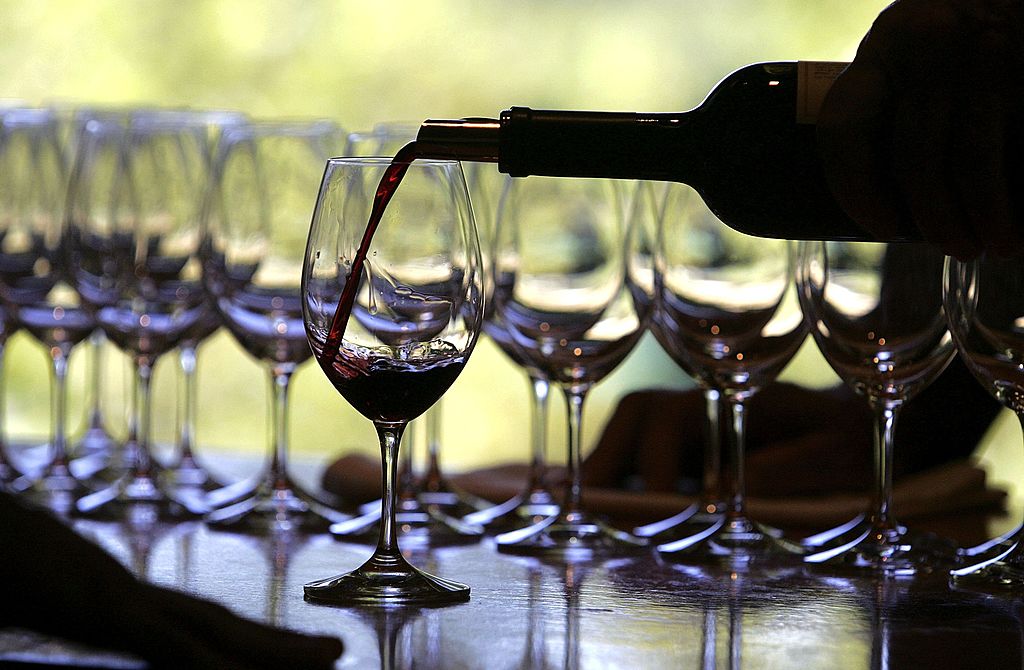







Leave a Reply